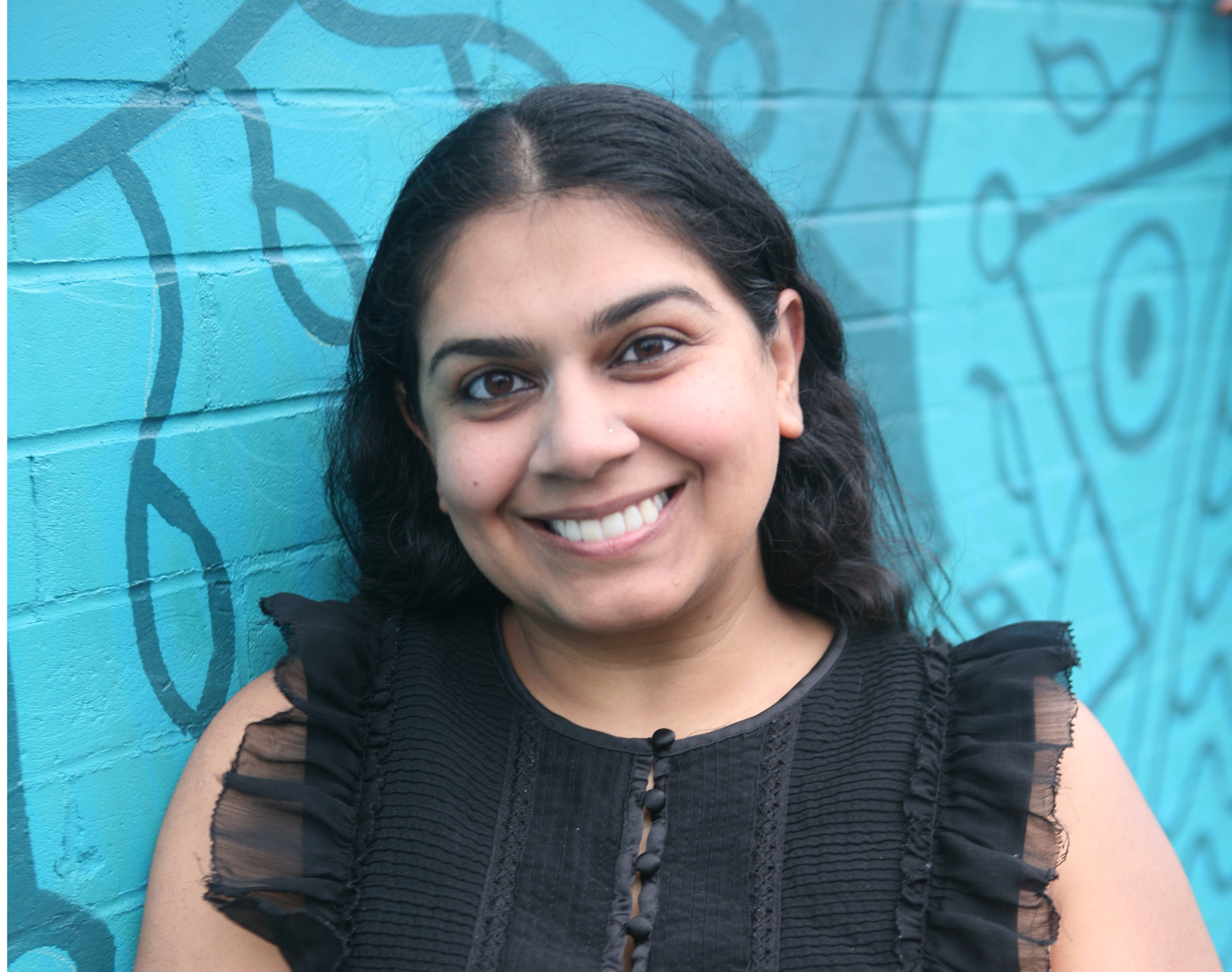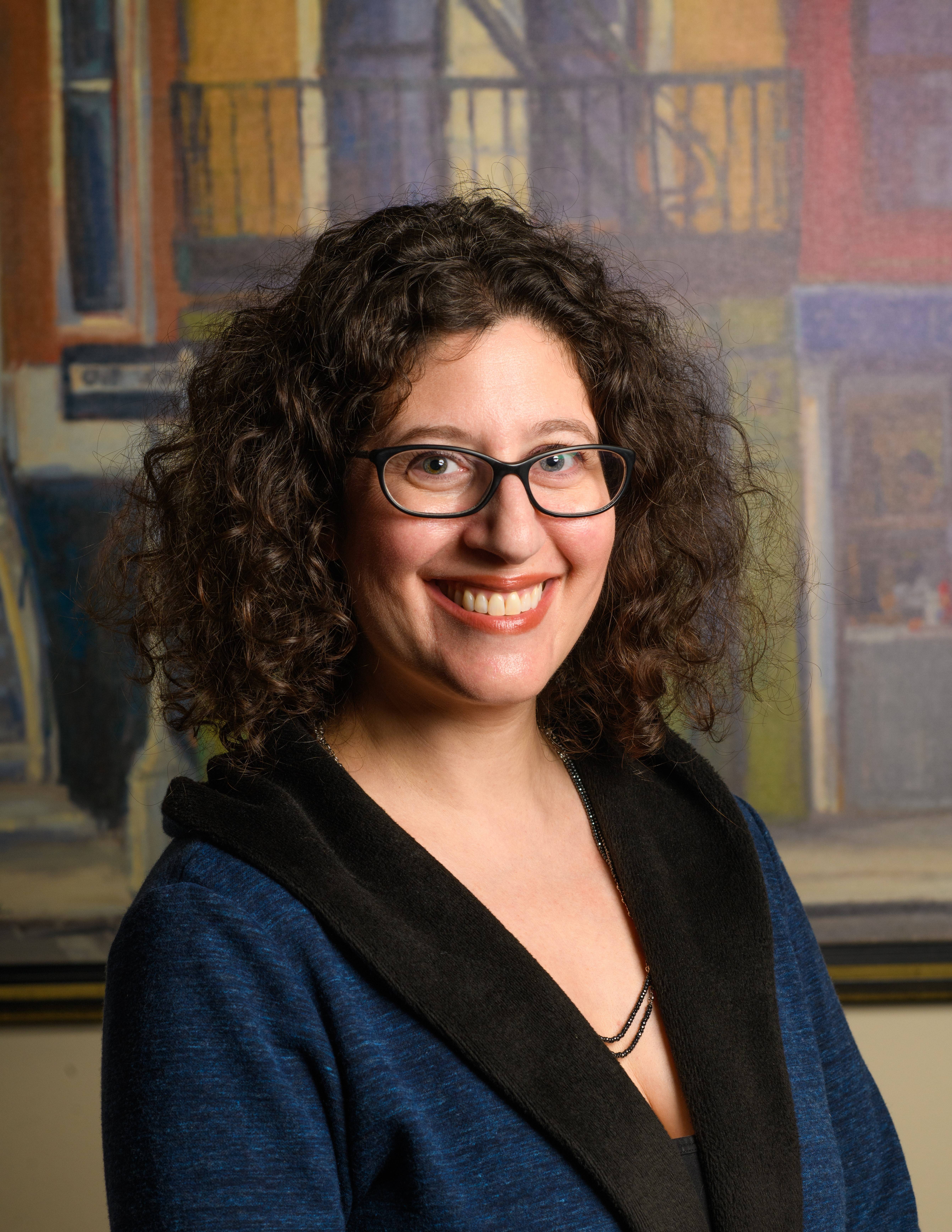About
Taylor is an author and health writer living in New England. They hold a nonfiction MFA from Fairfield University and acted as the graduate Assistant Managing Editor of Brevity Magazine. Their works can be found in esteemed publications such as Verywell, Motherly, and Parents.
Taylor has autism and has devoted their life to representing their community with nuance and accuracy in any form of media.
In their free time, Taylor can be found playing the cello and tending to the bevy of cats perpetually at their feet.
Experience
Taylor has been a writer forever, but in freelance health writing for over three years. They’re so proud to have worked with organizations like The Trevor Project, Sesame Street, Hopelab, and Born This Way Foundation, and takes personal interest in stories about neurodiversity, parenting, and education.
Education
MFA in Nonfiction, Fairfield University (2024)
BA in Medieval Literature, Duke University (2012)
Meet Our Other Writers
Recent Articles by
Taylor Grothe

How to Regulate Your Nervous System: A Guide for Autistic Adults
For me, nervous system dysregulation begins at the center of my body: a quaking, liquid feeling that leaves me unsettled. I have episodes of verbal shutdown, and may engage more in stimming: rocking back and forth, humming to myself, and bouts of anger that have no outlet. It’s in times like these that I try and re-center myself through deep breathing, reducing sensory input, and leaning on my support systems.
Autistic people often experience heightened nervous system responses, which can lead to dysregulation, especially in overwhelming environments. This can lead to chronic stress, shutdowns, meltdowns, and sensory overwhelm. Addressing dysregulation can improve quality of life, positively impacting physical health, emotional regulation, sensory processing, and mental health over all.
In this article, we’ll discuss tools to help autistic adults shift out of dysregulation and offer strategy suggestions to become more regulated and maintain equilibrium. However, as always, it’s best to consult with a healthcare professional before starting any new therapeutic techniques.
.png)
Understanding Autism in Adult Women: Why It’s Often Missed and What It Really Looks Like
When I was a little girl in the early 2000s, autism was seen as a disorder that only boys had. My evaluators misdiagnosed my autism as ADHD, and mistreated my symptoms (my stims, masking, and social anxiety). Luckily, awareness around the rainbow of autistic presentations is growing, and things are starting to change. As an AFAB person who now identifies as non-binary, I was able to seek re-diagnosis and affirmation that I'm autistic—something I suspected for the majority of my life.
According to a recent study published in JAMA, autism diagnosis is increasing fastest among women between the ages of 26 and 34. And among those, women sought diagnosis a whopping 3 times more than men. This comes as no surprise, as autism is actually underdiagnosed in women because of biases in testing. The research behind these tests predominantly focused on the experiences of men and boys, so clinicians have trouble catching the varied autistic traits in women and AFAB folks.
This article will focus mainly on the experience of autistic adult women because the medical research is only just starting to catch up with AFAB experience. However, it’s worth noting the ways autism presents in nonbinary people.
Transgender and nonbinary people are around five times more likely to be autistic compared to cisgender people. The Autistic Women and Nonbinary Network’s website is a good place to start if you’d like to find autistic nonbinary people writing about their experiences.
Autism manifests in very specific ways in adult women that have been ignored until now. If you’re a woman or AFAB person wondering if you might be autistic, support is available. Read on to learn more.

Autism Support Needs, Not Labels: A Guide to “Levels”
As an adult diagnosed first with autism as a child and again as an adult, I have witnessed firsthand the change in the way the DSM, or The Diagnostic and Statistical Manual of Mental Disorders, has changed to affirm autistic people. In 2013, the DSM updated its resources with an eye to supportive care.
Rather than labeling autistic people with misleading descriptors like high-functioning, low-functioning, or others, experts now categorize autistic individuals based on levels (one, two, or three). These levels indicate varying degrees of support needs, which are often fluid and can change over time.
Mental health professionals and patients can now navigate autism support without labels, a notable step forward in recognizing the individuality of care.
This DSM change also did away with the term pervasive developmental disorder, which encompassed disorders such as Aspergers and child disintegrative disorder. Instead, they were replaced by autism spectrum levels.
Kaila Hattis, MA, LMFT, founder and therapist of Pacific Coast Therapy, explains, “The change focuses less on what someone has to more on what someone needs, and changes the way families access services and disperse information on what their loved one needs."
While these three levels of autism don’t capture the full picture of autism spectrum disorder, they’re a move in the right direction to fuller, more nuanced autism treatment.
.webp)













